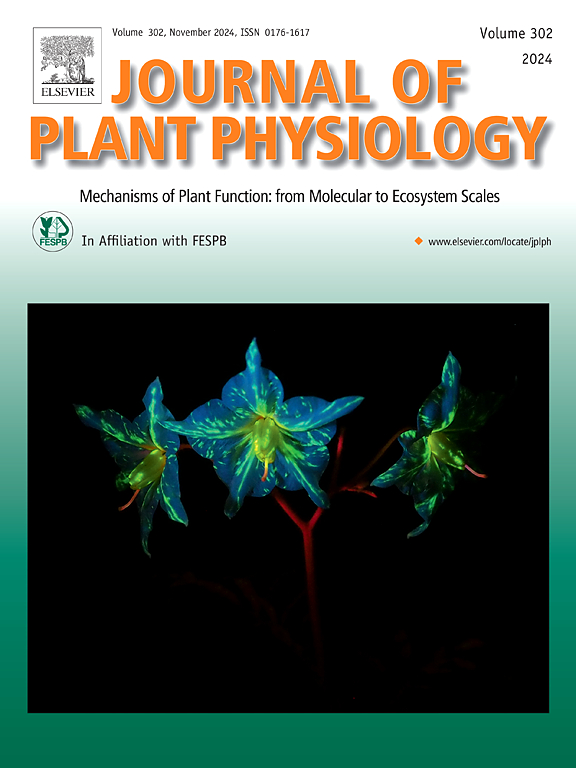代谢模型:洞察植物代谢的机房。
IF 4.1
3区 生物学
Q1 PLANT SCIENCES
引用次数: 0
摘要
植物的生长、发育和环境的相互作用是通过构成植物代谢网络的众多生化反应的协调活动来实现的。这些网络中固有的复杂性和互联性强调了从网络角度研究植物代谢的重要性。代谢建模提供了植物代谢的整体计算机表示,使对网络级过程的机制见解成为可能。在这篇综述中,我们总结了植物代谢建模的最新趋势,强调了如何利用这些方法研究从亚细胞到群落和生态系统水平的代谢。我们讨论了植物代谢模型的范围如何扩大到代表不同的植物物种,基因型和环境特异性代谢以及专门的代谢途径,并捕获时空分辨率和植物-微生物相互作用。此外,我们回顾了帮助模型重建、参数化和分析的机器学习和深度学习框架,探索了增强机制模型的混合策略,并解决了植物代谢建模领域的当前挑战和未来方向。本文章由计算机程序翻译,如有差异,请以英文原文为准。
Metabolic modelling: Insights into the machine room of plant metabolism
Plant growth, development, and environmental interactions is enabled through the coordinated activity of numerous biochemical reactions that constitute plant metabolic networks. The inherent complexity and interconnectivity within these networks underscore the importance of investigating plant metabolism from a network perspective. Metabolic modelling provides a holistic in silico representation of plant metabolism, enabling mechanistic insights into network-level processes. In this review, we consolidate recent trends in plant metabolic modelling, highlighting how these approaches can be exploited to study metabolism from subcellular to community and ecosystem levels. We discuss how the scope of plant metabolic modelling has broadened to represent diverse plant species, genotype- and context-specific metabolism as well as specialized metabolic pathways, and to capture spatiotemporal resolution and plant-microbe interactions. Moreover, we review machine learning and deep learning frameworks that assist model reconstruction, parameterization, and analysis, explore hybrid strategies that enhance mechanistic models, and address current challenges and future directions in the field of plant metabolic modelling.
求助全文
通过发布文献求助,成功后即可免费获取论文全文。
去求助
来源期刊

Journal of plant physiology
生物-植物科学
CiteScore
7.20
自引率
4.70%
发文量
196
审稿时长
32 days
期刊介绍:
The Journal of Plant Physiology is a broad-spectrum journal that welcomes high-quality submissions in all major areas of plant physiology, including plant biochemistry, functional biotechnology, computational and synthetic plant biology, growth and development, photosynthesis and respiration, transport and translocation, plant-microbe interactions, biotic and abiotic stress. Studies are welcome at all levels of integration ranging from molecules and cells to organisms and their environments and are expected to use state-of-the-art methodologies. Pure gene expression studies are not within the focus of our journal. To be considered for publication, papers must significantly contribute to the mechanistic understanding of physiological processes, and not be merely descriptive, or confirmatory of previous results. We encourage the submission of papers that explore the physiology of non-model as well as accepted model species and those that bridge basic and applied research. For instance, studies on agricultural plants that show new physiological mechanisms to improve agricultural efficiency are welcome. Studies performed under uncontrolled situations (e.g. field conditions) not providing mechanistic insight will not be considered for publication.
The Journal of Plant Physiology publishes several types of articles: Original Research Articles, Reviews, Perspectives Articles, and Short Communications. Reviews and Perspectives will be solicited by the Editors; unsolicited reviews are also welcome but only from authors with a strong track record in the field of the review. Original research papers comprise the majority of published contributions.
 求助内容:
求助内容: 应助结果提醒方式:
应助结果提醒方式:


